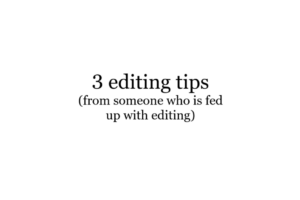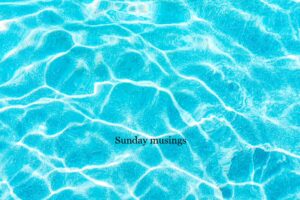A short while ago ‘dystopia’ was the big buzzword of the moment. It arguably still is, but rather than an exciting new area of science fiction it is fast becoming a cliché associated with an array of bland YA books, TV shows and films.
But the genre is anything but new. In 1924 Yevgeny Zamyatin published We, which is thought to be the very first novel of the genre. We heavily inspired George Orwell’s Nineteen Eighty-Four, the most renowned dystopian novel ever written, published in 1949. The genre has grown exponentially ever since.
Dystopian literature had a huge public resurgence when the The Hunger Games series was published in 2008, but when one considers that Lord of the Flies, Planet of the Apes and High-Rise are also deemed dystopian literature, you might see how the genre never really went out of fashion – although it might have been mislabelled.
So how exactly is it defined? What are the recognisable features of the dystopian genre?
The word ‘dystopia’ means the opposite of a utopia, which is a community or society that is perfect, or very close to being so. A dystopia is therefore an imperfect or undesirable society.
This term is rather vague and subjective. A society can be ideal or horrific depending on your status and position within it (which is why totalitarian states are such a prominent and interesting feature within the genre). Our society today could even be defined as a dystopia by some, including institutions such as prisons or school systems, indicating that ‘dystopia’ is more of an umbrella term.
As it is such a vague definition, dystopian literature crosses over with lots of genres within the sci fi spectrum, including post-apocalyptic literature. But what is meant by ‘post-apocalyptic’?
Post-apocalyptic literature tends to be defined as a story set in the aftermath of a devastating war or catastrophic natural disaster. However, what if the story in question provides an insight into a society that has been ravaged by the apocalypse? Are the damaged remains of that society not an undesirable and unpleasant state to live in, and therefore classified as a dystopian story?
The main differences between post-apocalyptic and dystopian stories lie in the focal point of the plot (although there can be crossovers). The Hunger Games, for instance, was created as the result of a devastating war, but the plot hones in on man-made oppression, control, social hierarchy and individual injustice against the government. It is therefore more dystopian. Comparatively, although the aftermath of an apocalypse could instigate a dystopian state, i.e. Mad Max, most post-apocalyptic stories will predominately focus on survival from the recent disaster and is often more primal in content, and is therefore post-apocalyptic.
But, on the other hand, it is also dystopian.
The Road is probably the least dystopian of the post-apocalyptic novels I have read as there isn’t much of a society left for Cormac McCarthy to comment on, but the remnants of humanity are technically within a dystopian state…
Ugh. This is a bit of a headache to pin down.
There are innumerable differences and similarities between dystopian and post-apocalyptic novels, but that is because the usual confines and specifications of a genre are not present in science fiction. Science fiction can be about anything, the only requirement of it is to ask the question: ‘What if?’
The rule of thumb, as I said, tends to lie with the core focal point of the story. If the story is about the powers that be, it’s probably dystopian. If it’s about the damaged state of the world, it’s probably post-apocalyptic. Probably.


Leave a Reply